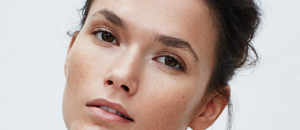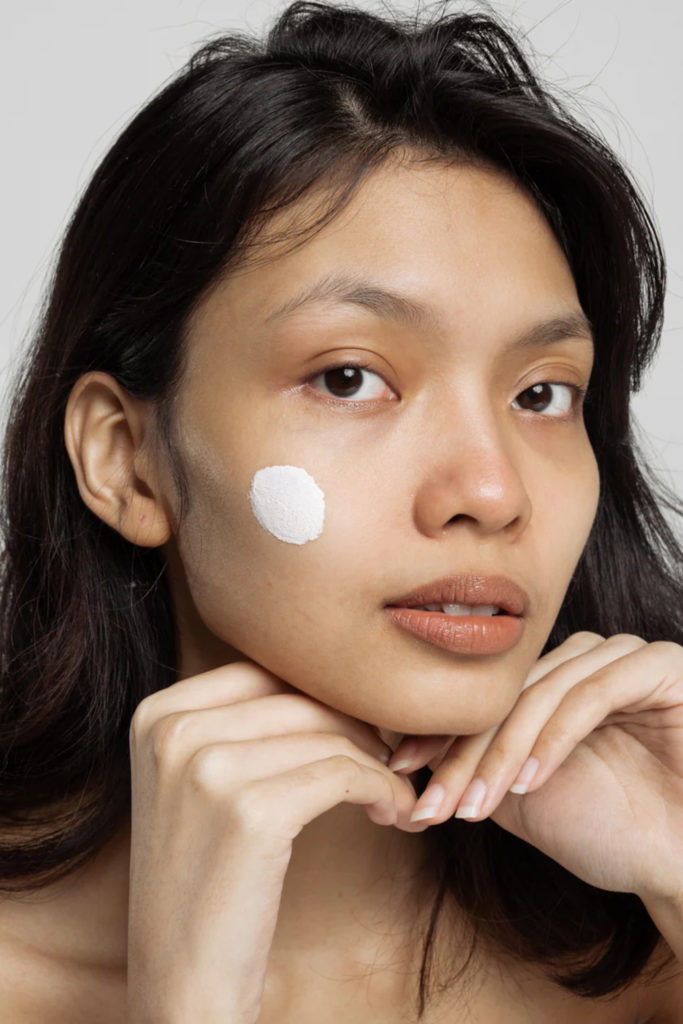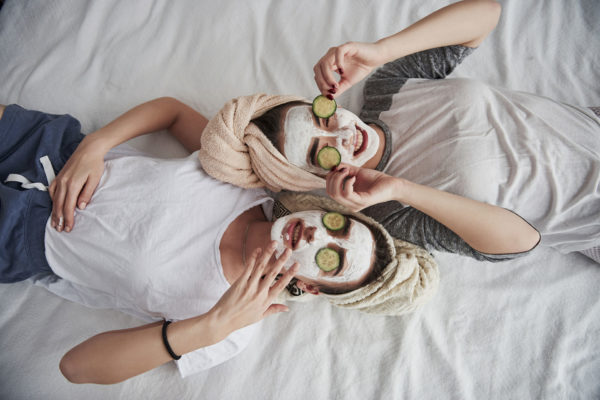
What Is Face Plastering? And Why Is TikTok So Obsessed?
By
9 months ago
The internet's answer to pimple patches
Dealing with a breakout? Before you reach for staple creams, serums and pimple patches, you should probably hear from TikTok. The app is currently obsessed with face plastering, a new skincare hack that swaps out the humble pimple patch for a pharmacy staple. But does it work? We ask the experts to weigh in.
What Is Face Plastering?
Face plastering is a skincare fad on TikTok which sees content creators use hydrocolloid blister plasters to treat skin blemishes, as a cost-effective alternative to pimple patches.
@natalie_oneillll Catch me on blue peter next week ⚓️ DIY pimple patches AKA what we all used to do before pimple patches were invented. This is a skincare hack that actually works and I must have bought 200+ packs of these when my acne was more active. #pimplepatch #pimplepatches #diyskincare #skincarehacks #skinhacks #acne ♬ original sound – Natalie O’Neill
‘It’s come to my attention that a lot of people don’t know this hack and I really thought we all did,’ says TikToker Natalie ONeill in a now-viral video. ‘So, did you know that you can use blister plasters, specifically hydrocolloid plasters, instead of pimple pitches? Back in the day before pimple patches were a thing… you can just buy blister plasters and cut them up into tiny little shapes. Any brand works.’
Now, pimple treatments have a massive fanbase on the video-sharing app, and in recent years pimple patches have been top dog. But, with over 151.2M posts tagged under #plasterfaceacne, we’re seeing the scales tip in favour of face plastering. But is this hack legit?
Does It Work?
To an extent, yes. But to understand how a blister plaster can treat blemishes, we first need to look at how pimple patches work. And, really, it all comes down to hydrocolloid. ‘A skincare ingredient found in pimple patches, hydrocolloid can help to reduce inflammation, draw excess fluids out of the spot and provide a moisture-rich environment for cell turnover and skin healing,’ explains Kimberley Medd, Clinic Lead at Face the Future.
It’s this ingredient that is also found in some blister plasters, which is how they gained a secondary reputation as a DIY pimple patch. ‘Blister plasters are commonly used on feet where there may be an open wound,’ says Kimberley. ‘However, if a blister plaster has hydrocolloid in, it can create a similar effect as a pimple patch.’
Face Plastering vs Pimple Patches
So, we know it works – but how well? It all comes down to ease and added benefits, says Kimberley. ‘With the above said, pimple patches would be my suggestion to use still when it comes to pimples,’ she highlights. Firstly, they’re designed for your face, so the material is much finer than a blister plaster and doesn’t need DIY sizing. This makes them easier to use as well as being more discreet when it comes to hiding within your appearance.’
@jakejamie All you need is a hydrocolloid plaster & a hole punch 😱 #diy #beauty #skincare #asmr #satisfying #acne ♬ original sound – Jake-Jamie
With extra handling, it’s also worth considering how hygienic face plastering really is. ‘There’s also a possibility that if you used scissors on a blister plaster and you’re handling the “patch” more, you’re more likely to pass on more bacteria and could even irritate the skin if impacted,’ emphasises Kimberley.
Pimple patches will also have more skincare benefits than a blister plaster. ‘Pimple patches are able to reach deeper sitting spots and a usually have added skincare ingredients and benefits,’ explains Kimberley. ‘This means that the spot is being treated to not only help minimise the existing blemish but also support in the skin’s healing to prevent recurring spots. This, in turn, supports the skin’s overall health in the affected area.
‘Ingredients such as vitamin A, salicylic acid and BHA can be found in pimple pitches, adding extra nutritional value to the skin to improve the skin’s quality and barrier,’ she adds.
Do Pimple Patches Have Their Limits?
While ideal for small blemishes and acne, there are some things that pimple patches (and face plastering) can’t solve. ‘It’s important to note that pimple patches work best on pustule and papule spots that sit on the skin’s dermis, and not cystic acne,’ says Kimberley. ‘For advice on the best course of treatment, always consult a dermatologist.’
Featured image: Starface









